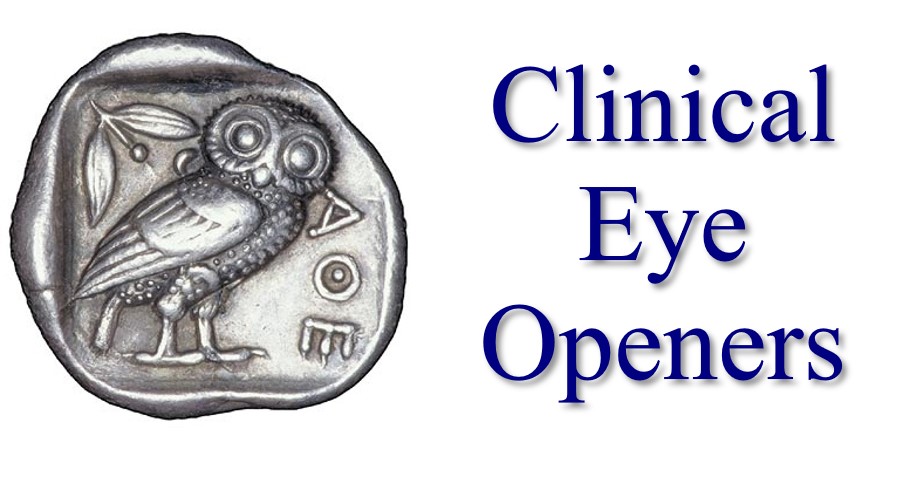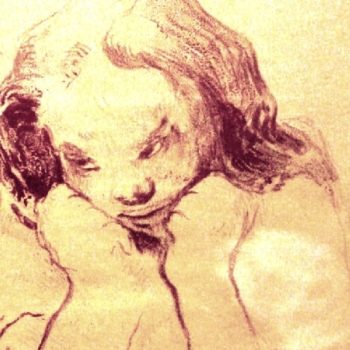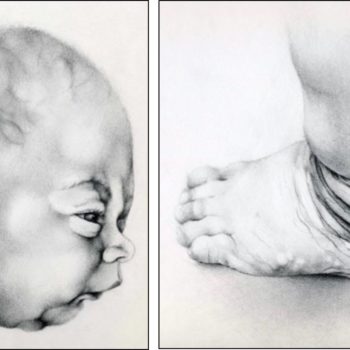Developmental (morphogenetic) Field (DF)
DEVELOPMENTAL (morphogenetic) FIELDS
Based on the pioneering original article “DEVELOPMENTAL FIELD” (DF) by
J. M. Opitz (J. Pediatr. 1982 Nov; 101 (5):805-9)
W. Wertelecki, M.D.
The fundamental arguments sustaining the DF concept are:
– DF manifest in specific spatial and chronology patterns (embryogenesis, fetogenesis).
– DF emerge during blastogenesis, among the first is the body axis (e.g. neural tube).
– Blastopahties are among the earliest detectable DF anomalies (e.g. monozygotic twins, conjoined twins and teratomas).
– DF that emerge after blastogenesis (formation of the body axis) are generally symmetric (e.g. ocular globes) while others are not (e.g. lungs, liver, etc).
– A generalized asymmetry is hemi-hypertrophy and hemi-atrophy.
– DF anomalies can result in regeneration, repair, agenesis, aplasia, hypoplasia, dysplasia, neoplasia, atrophy, malformation, and deformation.
– Identical malformations can result from multiple different causes phenocopies – e.g. holoprosencephaly due to a variety of chromosomal anomalies and other teratogens.
– Dysmorphic impacts on an early DF (e.g. neural tube) can result in a cascade (sequence) of derivative malformations (e.g. anencephaly, spina bifida).
– A single cause can impact a single or multiple DF (e.g. syndrome – see associations*)
– Anomalies in a DF can induce anomalies in other DFs (associations*)
– Multiple causes can impact a DF and result in identical anomalies (phenocopies)
– Anomalies of a single DF can give rise of a cascade (sequence) of anomalies (e.g. neural tube anomalies can manifest as anencephaly, spina bifida or both)
– External factors (mainly physical-mechanical) can alter DF morphogenesis (deformations)
The above notions incorporate concepts from comparative anatomy, embryology, phylogeny, experimental embryology and teratology, as well as genetics.
* Association among specialists tends to denote “syndromes” of unknown etiology.






